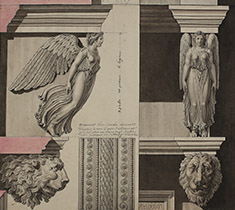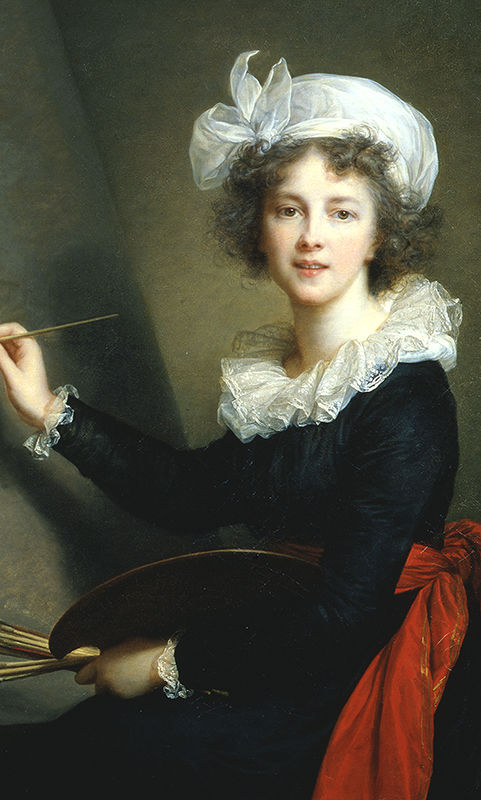27 Février 2016 - 05 Juin 2016
www.musee-lam.fr
L’exposition propose une traversée de l’œuvre d’Amedeo Modigliani en explorant trois aspects d’une carrière tout à la fois brève et féconde. En premier lieu, l’exposition mettra en lumière le dialogue que le jeune artiste italien, de formation classique, a entretenu avec la sculpture antique et extra-occidentale. Autre dimension centrale de son œuvre, sa pratique du portrait occupera une place prépondérante dans le parcours. Seront mis en exergue les portraits qu’il fit de ses amis, pour la plupart acteurs eux aussi de l’avant-garde parisienne. Enfin, l’exposition sera l’occasion de mieux comprendre la relation singulière qui lie l’œuvre de Modigliani au collectionneur Roger Dutilleul : entre 1918 et 1946, ce dernier fit l’acquisition d’une trentaine de tableaux et de très nombreux dessins de l’artiste, toutes périodes confondues, ce qui fait de lui, avec Jonas Netter, l’un des plus importants collectionneurs de l’œuvre du peintre.
www.musee-lam.fr
L’exposition propose une traversée de l’œuvre d’Amedeo Modigliani en explorant trois aspects d’une carrière tout à la fois brève et féconde. En premier lieu, l’exposition mettra en lumière le dialogue que le jeune artiste italien, de formation classique, a entretenu avec la sculpture antique et extra-occidentale. Autre dimension centrale de son œuvre, sa pratique du portrait occupera une place prépondérante dans le parcours. Seront mis en exergue les portraits qu’il fit de ses amis, pour la plupart acteurs eux aussi de l’avant-garde parisienne. Enfin, l’exposition sera l’occasion de mieux comprendre la relation singulière qui lie l’œuvre de Modigliani au collectionneur Roger Dutilleul : entre 1918 et 1946, ce dernier fit l’acquisition d’une trentaine de tableaux et de très nombreux dessins de l’artiste, toutes périodes confondues, ce qui fait de lui, avec Jonas Netter, l’un des plus importants collectionneurs de l’œuvre du peintre.














